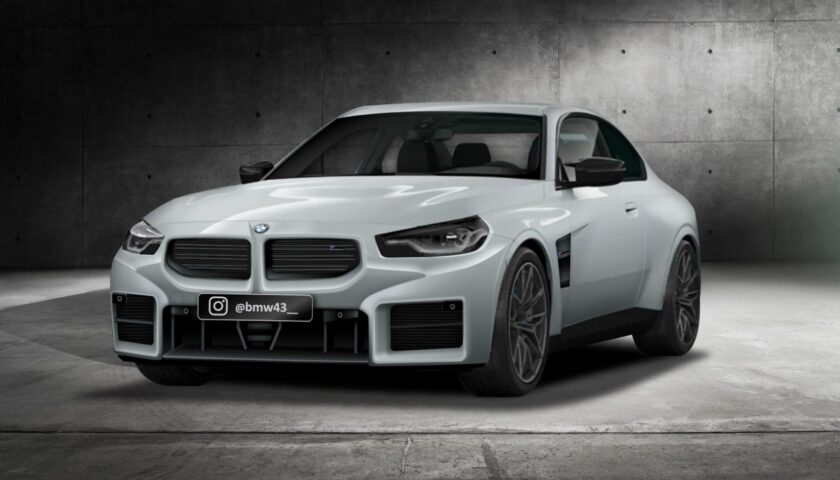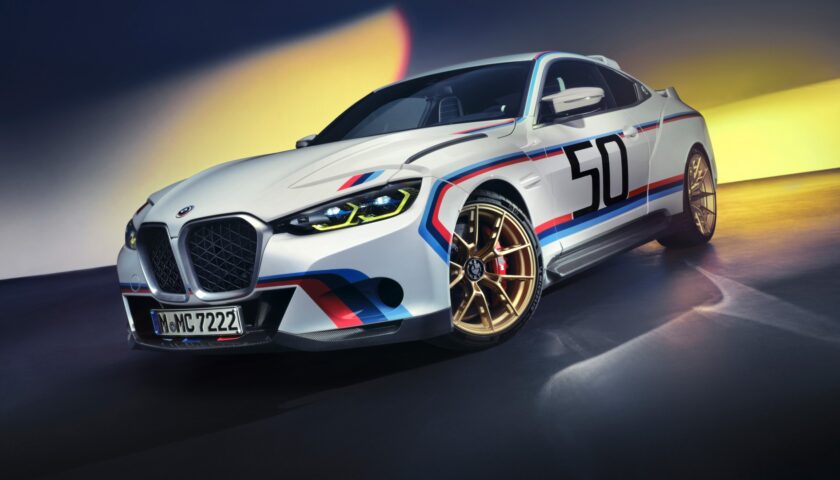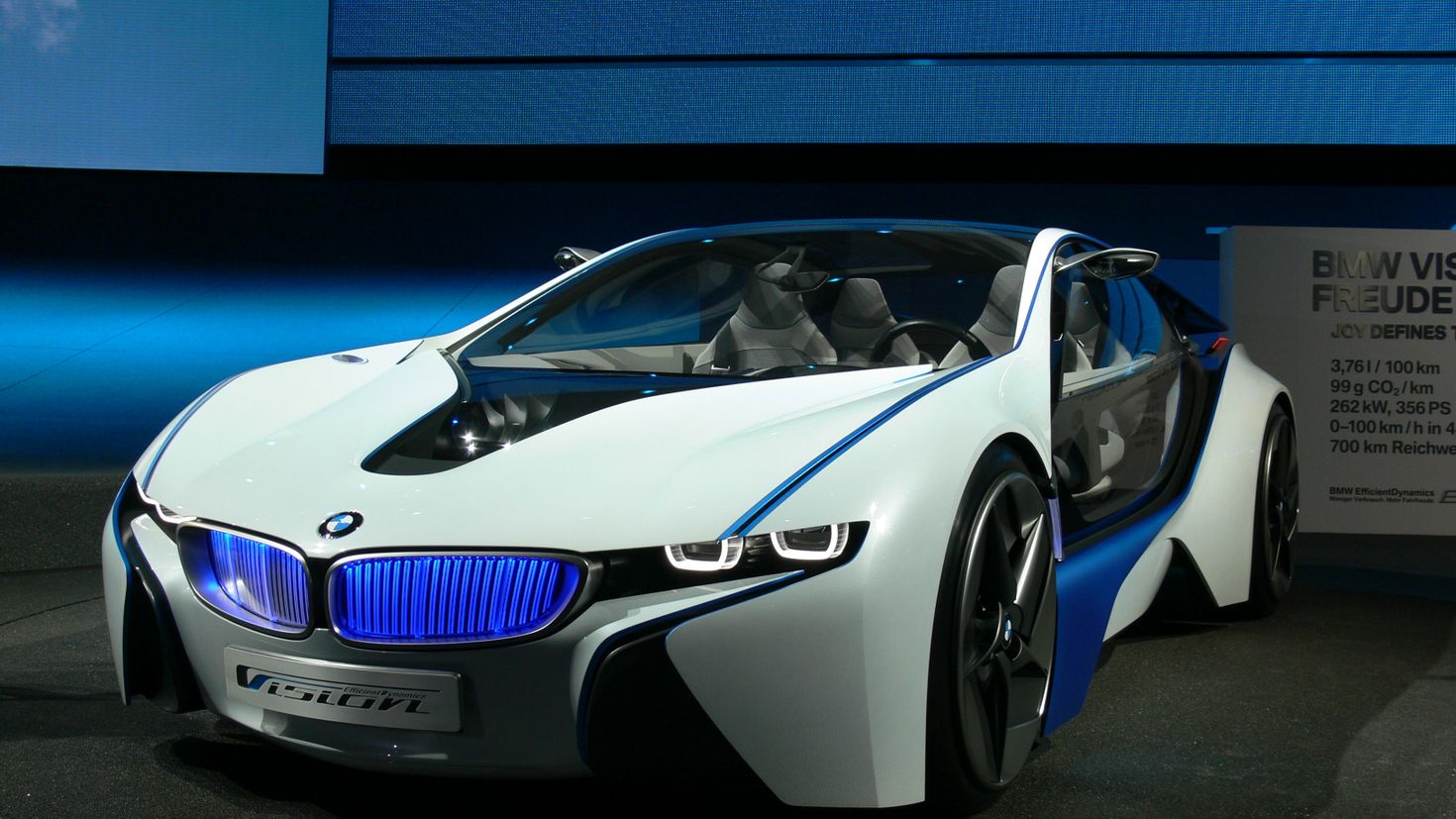BMW believes that their vehicles are superior in every way. While that’s up for debate, it’s hard to argue with the fact that the Bavarian automaker has hit the mark more often than not when it comes to providing us with a true driver’s car. The vast majority of BMW models, even those that don’t get the full M-treatment, have been infused with performance and motorsport pedigree. BMW’s Motorsports division, unsurprisingly, manufactures the baddest Beamers money can buy.
BMW may not have a flagship supercar like its competitors, but its M-badged sports cars can compete with the best exotics on the market. BMWs are no longer basic, German, no-frills vehicles; rather, they are high-tech, hands-off playthings. It’s true that even the milder versions of the M products still demand your undivided attention when you’re behind the wheel.
Without further ado, here are the BMW models with the greatest top speeds and acceleration, in order of fastest to slowest.
The BMW Z4, now in its third generation and not offering a full-on M-version, is nevertheless a formidable sports car. The Toyota GR Supra and the BMW G29 Z4 share a chassis and drivetrain, which is not a secret. The Bavarian roadster has a 340 hp and 369 lb-ft B58 3.0 liter turbocharged inline-six engine.
BMW has a history of underrating its vehicles, and the stock remap on the engine leaves a lot of potential power on the table. The base model Z4 offers a smaller and more efficient turbocharged four-cylinder if you’d rather play it safe. In either case, an eight-speed automatic transmission optimized for sports car driving couples the engine to the car’s rear wheels.
2017 BMW i8

The i8 is BMW’s first modern, mid-engine sports car, released in 2013. BMW’s M1-inspired coupe (and later, roadster) features a Plug-in hybrid powertrain, which is more eco-friendly than its competitors’ focus on big power and raw performance. The front wheels are propelled by a turbocharged 1.5-liter inline-three engine and an electric motor.
In later models, this boosts the car’s horsepower to 374 thanks to its all-wheel-drive system. The maximum torque is 420 lb-ft. The i8 had a six-speed automatic transmission that sent power to the rear wheels and a two-speed automatic transmission that sent power to the front electric motor. The top speed, as with most high-performance BMWs, is capped at 155 mph.
2021 BMW M240i

The BMW 1M was intended as a spiritual successor to the E30 M3 because of the increasing size, weight, and complexity of subsequent M3 generations. This eventually resulted in the BMW M240i, the company’s current entry-level M-lite coupe. The G42 series continues the compact size, rear-wheel-drive layout, and potent inline-six engine of the previous generation.
All models come standard with rear-wheel drive, but those who want all-wheel drive can get it by adding the iDrive controller. With some practice, you can boost your times on the straight-and-narrow and road-race tracks by eliminating the rear tire spin at launch. In addition, the BMW M240i has a combined mpg rating of 24, which is respectable for a sports car.
2023 BMW M2

BMW’s first rear-wheel-drive car, the G87 M2, has achieved sub-three-second acceleration. The base M-coupe is a rear-wheel-drive model that still hits 60 mph in under 4 seconds. The ZF eight-speed automatic is required for this, and it’s faster than the manual M2 by 0.2 seconds.
The upcoming model is expected to have even more power than the current 3.0-liter, twin-turbo inline-six that powers the S58, a derivative of the B58. The M2 is a visual assault, what with its bulging fenders and chunky front and rear aprons that feature large air ducts. The standard top speed limiter of 155 mph can be increased to 177 mph with the M Driver’s package.
2023 BMW 3.0 CSL

The BMW M4 CSL Batmobile was unveiled by the company last year as a tribute to the BMW 3.0 CSL “Batmobile.” BMW has stated they will only produce 50 of these, and each one will cost you $750,000. The S58 twin-turbo inline-six has been enhanced, but it still isn’t the performance bargain of the century because the torque has been kept at its base level.
The 2023 3.0 CSL is a direct descendant of the original 1972 model, and as such is only available with rear-wheel drive and a six-speed manual transmission. Due to the extensive use of carbon fiber, the curb weight is 165 pounds less than that of a regular M4 manual. Since a regular M4 manual takes 4.0 seconds to reach 60 mph, the 0-60 mph time for the 2023 3.0 CSL is estimated to be around 3.8 seconds.
Read More – Australia to Get the Long-Range Polestar 2 in 2024; Prices Start at AU$67,400





